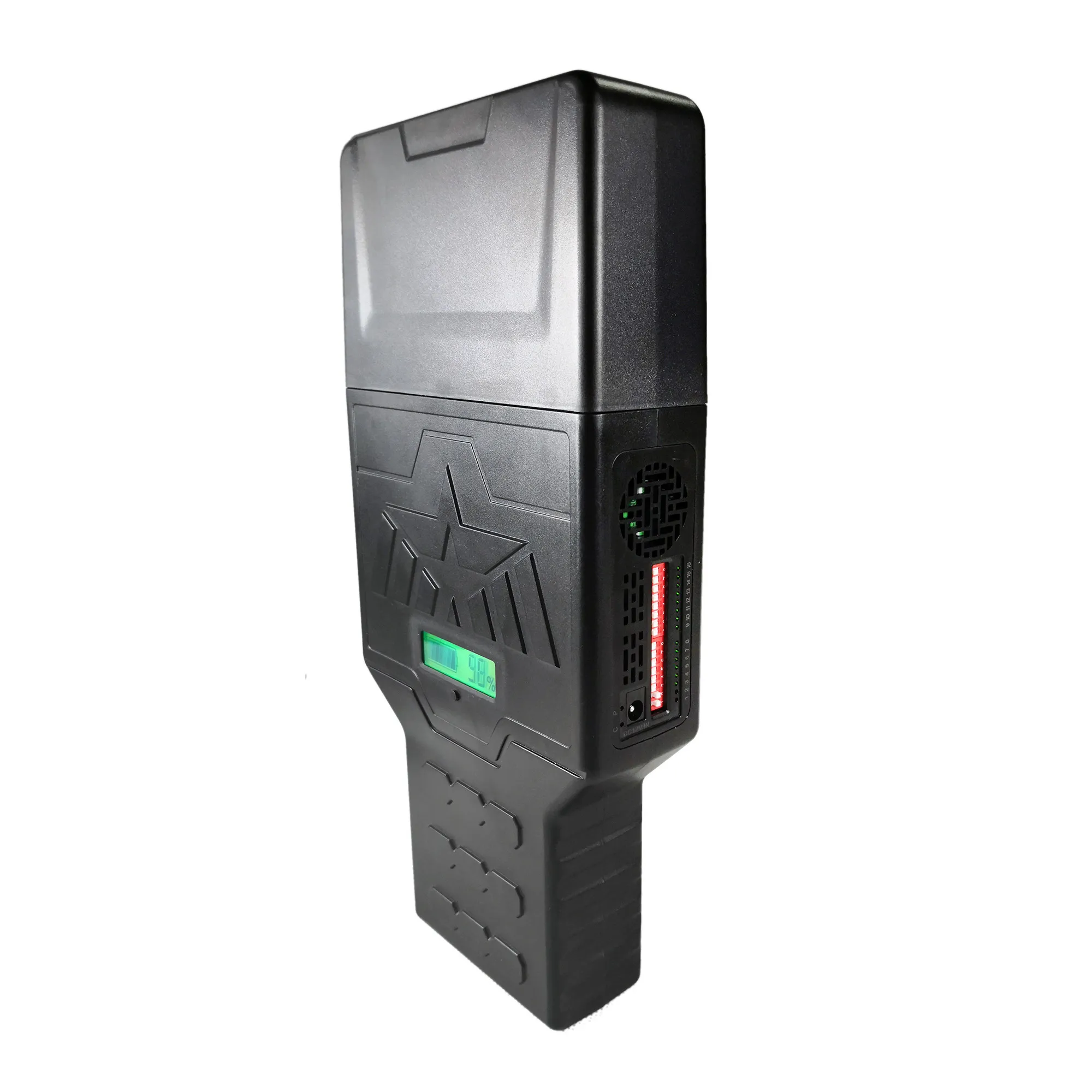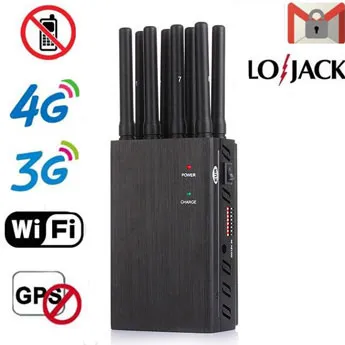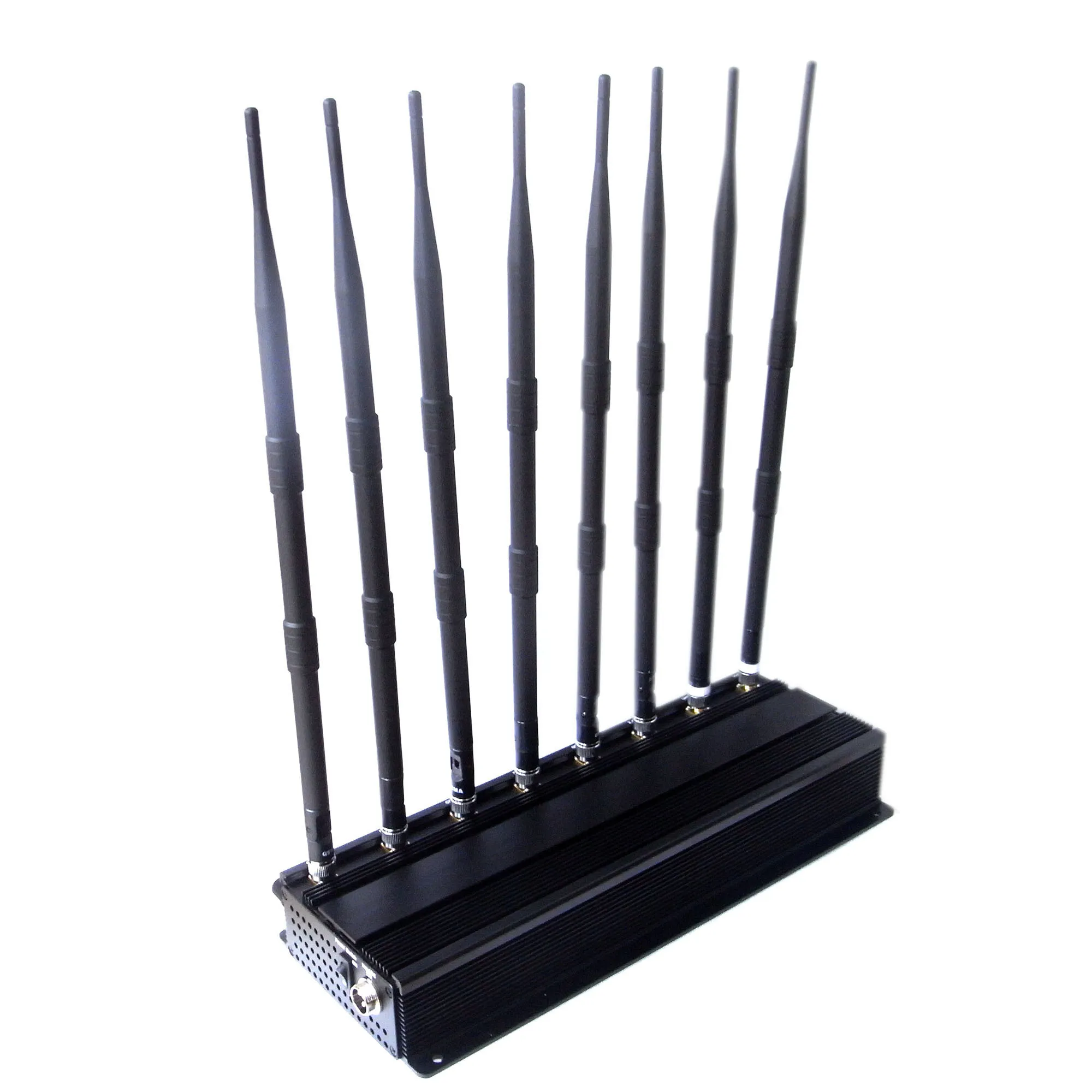
Natural enemies are an indispensable part of the development process of the biological chain in nature. Some fast-rising species must produce natural enemies to restrain the harm caused by their crazy and disorderly growth. This principle may also be suitable for certain technological fields, such as drones.
In recent years, unmanned aerial vehicles (in this article, civilian multi-axis aircraft) have been popularized at an unprecedented speed, and concerns about safety have increased. Many relevant departments and even individuals hope to take some measures to prevent drones from flying into sensitive areas. To achieve this goal, many methods can be used, such as training eagles to fly to catch them.
Here are some characteristics of jammers:
The system detects and interferes with the types of UAVs hit by bai: The radio spectrum monitoring system passively intercepts the image transmission signal and remote control signal between the UAV and the remote control to realize the passive detection, lateral direction, identification and positioning of the UAV , Using passive detection technology, 360-degree detection of radio signals sent by multiple targets, and locate the location of the target based on the signal. Except for a few unmanned reconnaissance aircraft that may be completely pre-programmed to control the flight, most UAVs need to pass Communicate wirelessly with the measurement and control station to send intelligence information and receive control commands.
Radio Drone jammer strike capability: the maximum interference Power reaches 50W, and the farthest interference strike radius is over 1.6km. The omnidirectional interference method can be used to attack all targets in the interference range; the interference signal objects include the UAV's uplink remote control signal, downlink telemetry and downlink telemetry operating in the 2.4GHz, 5.8GHz, 1.5 GHz, 433 GHz, and 915 GHz frequency bands. Image transmission signal.
System working mode and working mode: The system adopts a fully automated, intelligent, 7x24h unattended working mode. Specifically, it can be set to use one of four working modes: fully automatic mode (detection and jamming strikes do not require any human participation, as the main work mode), semi-automatic mode (automatic detection and identification, but ask before jamming strikes, which is manually determined After the implementation of jamming strikes), clearance mode (uninterrupted continuous scanning interference to the airspace of the entire circumference or specified angles, which can effectively prevent the use of radio-operated drones from taking off and flying into the no-fly zone, defense zone or warning zone ) And manual mode (detection, identification and interference strikes are all operated manually, this mode is mainly implemented by technical experts).
Scalability and openness: The system has good scalability, and can be equipped with additional equipment to achieve stronger functions in the later stage (for example: the ability to combat interference in the 130-3000MHz frequency band except 2.4GHz/5.8GHz; optical surveillance, Radar detection and other monitoring methods: it can monitor and discover other types of drones that do not use radio); the system has good openness, and can interface with other users' systems as needed to push important information to it.










